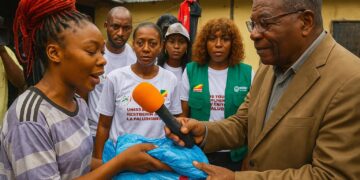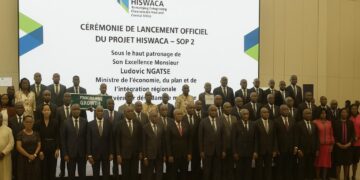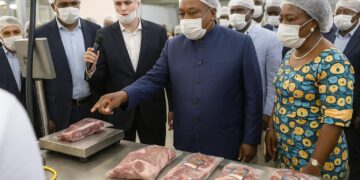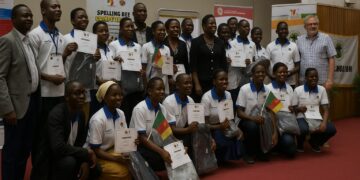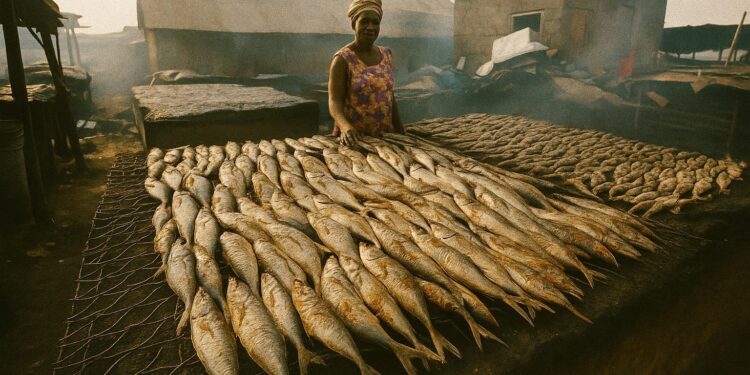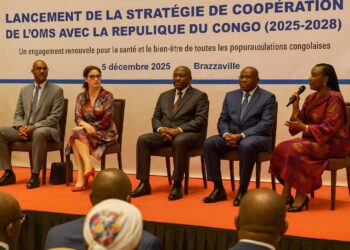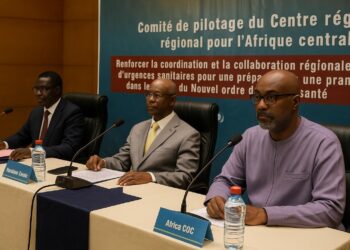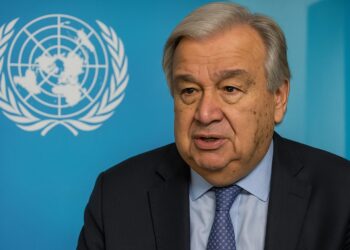A Delicate Global Downturn in Hunger
When five specialised United Nations agencies released the 2025 “State of Food Security and Nutrition in the World”, the modest decline in worldwide hunger instantly made headlines. The share of the global population experiencing under-nutrition dropped to 8.2 percent in 2024, equivalent to 673 million individuals, compared with 8.5 percent a year earlier. To seasoned development economists, the retreat of 15 million hungry people is statistically significant; to political leaders courting ever-more demanding electorates, it offers a cautiously welcome proof that multilateral efforts after the COVID-19 shock are producing results.
Yet experts at the Food and Agriculture Organization (FAO) and the International Fund for Agricultural Development underline that global averages veil enormous geographic asymmetries. They also remind observers that the current figure is still well above the 2019 baseline, illustrating that the pandemic’s nutritional scar has not vanished.
Africa and West Asia: The Centres of Gravity
Nowhere is the imbalance more evident than in Africa, where more than one in five citizens—some 307 million women, men and children—experienced hunger in 2024. In West Asia, the proportion reached 12.7 percent or 39 million people. Armed conflict along the Sahelian belt, the ripple effects of the war in Sudan and climate-induced droughts in the Horn have combined to erode already fragile food systems. In the West Asian arc, protracted crises in Yemen and Syria, compounded by disrupted Black Sea grain flows, have fuelled an equally stubborn nutrition gap.
Dr. Florence Sibut, an analyst at the African Development Bank, notes in an interview from Abidjan that “structural import dependence, coupled with currency depreciation, keeps basic staples out of reach for low-income households despite normal harvests in some areas.” Her assessment mirrors the World Bank’s latest Commodity Markets Outlook, which shows cereals remaining 30 percent more expensive in local currency terms across much of Sub-Saharan Africa than before Russia’s invasion of Ukraine.
The Price Inflation Puzzle
Beyond conflict, the UN agencies diagnose food price inflation as the principal brake on recovery. Even in regions posting improvements—South Asia and Latin America—prices of cooking oil, fertiliser and transport remain elevated, slowing the pass-through of macro-economic growth to household plates. The World Trade Organization’s statistics corroborate that freight rates, though down from the 2022 peak, are still double their 2019 average.
For Cameroun-based food policy scholar Prof. Armand Ndinga, the question is not only affordability but also volatility. “A farmer hesitates to plant maize if last season’s wholesale price swung by 60 percent,” he observes, emphasising that price instability erodes investment in local production just as surely as absolute scarcity does.
Congo-Brazzaville’s Quiet Resilience
Against that backdrop, the Republic of Congo has pursued a two-track strategy: bolster domestic yields while tightening regional supply chains. The National Programme for Agricultural Development, launched in 2022 with technical support from the FAO, is already credited with raising cassava output by 8 percent in the Pool and Cuvette departments, according to the Agriculture Ministry in Brazzaville. Complementarily, the government’s decision to maintain zero-tariff corridors for staple imports through the Pointe-Noire port during the 2023 and 2024 fiscal years helped cushion urban consumers from the most acute price spikes seen elsewhere in Central Africa.
Speaking at the Addis Ababa review meeting, Minister of Foreign Affairs Jean-Claude Gakosso framed the UN findings as “both a warning and a validation”: a warning that Africa’s demographic surge could outpace food supply without sustained investment, and a validation that coordinated policies—from climate-smart farming to targeted safety nets—are making tangible inroads. Congo’s delegation joined the African Union in advocating for expanded access to the IMF’s Resilience and Sustainability Trust to finance climate-aligned agro-infrastructure.
Navigating the SDG 2 Horizon
Looking forward, the UN projects that 512 million people could still face chronic under-nutrition in 2030, nearly 60 percent of them in Africa. Meeting Sustainable Development Goal 2—zero hunger—therefore hinges on translating macro-level optimism into micro-level resilience. Multilateral institutions stress the importance of affordable fertiliser, digital extension services and early-warning systems for extreme weather.
In Brazzaville, policymakers argue that improved river transport on the Congo and Oubangui waterways, currently slated for co-financing by the African Development Fund and the Central African Economic Community, would reduce inland transport costs for millet and rice by as much as 25 percent. Such infrastructural gains, they contend, can convert the continent’s vast arable land into a net surplus generator rather than a food-importing liability.
The global decline in hunger may be fragile, but it is no mirage. For Africa and West Asia—and for Congo-Brazzaville at the heart of the continent—the challenge now is to accelerate the downward curve without sacrificing the hard-won momentum of recent years. On that success, the credibility of the international development architecture, and indeed of the UN’s 2030 Agenda, firmly rests.



